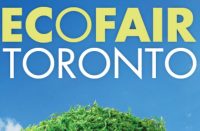Seaweed’s making a splash in the food and textile industries
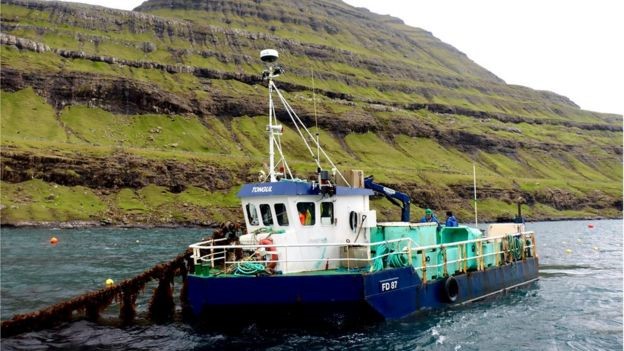
Source: BBC News
A seaweed cultivation rig in the Faroe island (Danish territory) has been growing seaweed in it’s deep, nutrient-rich waters for a while now. Olavur Gregarsen, the managing directo of Ocean Rainforest, a seaweed producer, explain that seaweeds are fast growing algae’s that utilise energy from direct sunlight and take up nutrients and CO2 from seawater. Mr. Gregarsen’s ifirm is among a fresh wave of seaweed farms that have sprung up around Europe and North America, spurred on by a growing demand from several industries. Mr. Gregarsen explains that in seaweed, “You have a biomass that can be used for food and feed and replacing fossil-based products like packaging material from plastic”. Scientists have suggested that seaweed could help fight climate change and offset carbon emissions.
The popularity of seaweed and the success of Ocean Rainforest led them to recently win funding from the US Department of Energy to build a similar rig system in California. There is interest in the state for developing industrialised seaweed production for future biofuels. To check out how the harvesting boat works click here. Once harvested, Seaweed needs to be processed quickly. At a small plant in the Faroese village of Kaldbak, machines clean the harvest and get it ready. Some is dried and supplied to food manufacturers. The rest is fermented and shipped to animal feed producers. More and more products are coming, with other firms working on textiles and plastic alternatives, including biodegradable packaging, water capsules, and drinking straws. Expect to hear more about seaweed in consumer products soon.
Nespresso Canada is Brewing Up Fresh Sustainability Initiatives
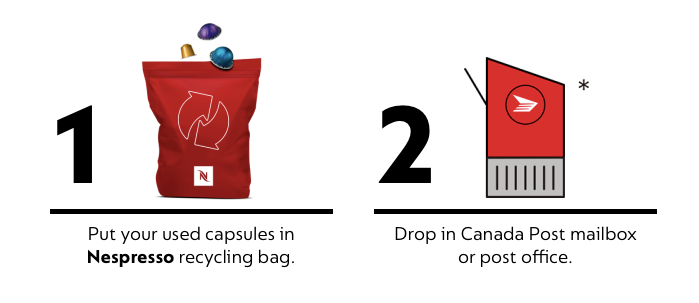
Source: Nespresso.com
In the world of single use caffeinated beverage packaging there isn’t much to get excited about in terms of sustainability. Endless amounts of plastics lids and K-Cups are piling up in landfills. Nespresso Canada is taking step in the right direction by introducing new capsules made from 80% aluminum. The capsules will be used in the Vertuo Next range to begin with, which is made from 95% recycled material. The Original Line Master Origin Colombia will be the first capsules to incorporate this new packaging. The company hopes to extend this initiative to all coffee types and machines by the end of 2021.
Aluminum helps to protect the freshness and flavours of the coffee. The new capsules will use 9.2% less aluminum material and will be 8% lighter than the originals. Not only do they need less material, but they also need less energy to produce. This is a step in the right direction for Nespresso towards improving their sustainability initiatives. In addition, the company has been recognized for developing and implementing recycling solutions for more than a quarter century around the world. Notable initiatives are, “Black Bag Solution”, which permits Nespresso users to drop off used capsules at their retail stores. The “Red Bag Solution”, which allows people to send back capsules through Canada Post. Lastly, their “Green Bag Solution” allows citizens of the participating municipalities to deposit their used aluminum Nespresso capsules in a green bag, then to place the latter in their recycling bin at home. In Canada, almost 500 municipalities have joined the Green Bag Solution for used Nespresso capsules. The company also aims to offer the Green Bag Solution across Canada.
California is burning. How can we stop it?
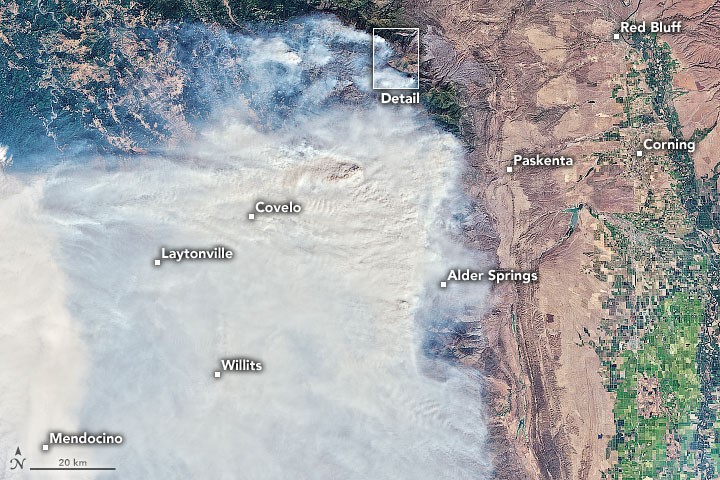
Source: NASA Earth Observatory
August 2020 brought a surge of lightning in California that sparked vast wildfires across the state. By early September, almost 14,000 lightning strikes had ignited 900 fires, burning over 1.5 million acres. More than a quarter million of those acres burned within the August Complex, a fire located northwest of Willows, California, in Mendocino National Forest and adjacent areas. The photo above by the NASA Earth Observatory highlights the smoked-out areas where the wildfires continue to burn. To date, the fires have destroyed or damaged more than 3,700 structures and have led to some fatalities. Even people living away from the wildfires have been affected by poor air quality that has reached unhealthy to hazardous levels in some places. According to several news outlets, Smoke has helped drive up particle pollution across California, which was five times higher in late August 2020 compared to the same time in 2019. Forecasters called for air temperatures to climb above 37 degrees Celsius in California’s Central Valley over the Labor Day weekend and into the second week of September. Forecasters continue to monitor the dire situation.
Nature is the Best Doctor – Really.
Scientists in Australia have found that Honeybee venom has been linked to killing some aggressive breast cancer cells. This exciting news show signs of hope for treatment of breast cancer – which is the leading cancer in women across the globe. Melittin – the compound within the venom were used to destroy two cancer types: triple-negative and HER2-enriched, and bee venom has been discussed to have anti-cancer properties before but there is still a long way to go from watching cancer cells be destroyed in petri dishes to being applied in medicinal practice. It does provide us with hope and shows to be yet another prime example of how nature is really the best doctor we have. Dr. Ciara Duffy a 25-year-old PhD researcher lead the study and had found it killed the cancer cells within an hour. Now that is something to buzz about.
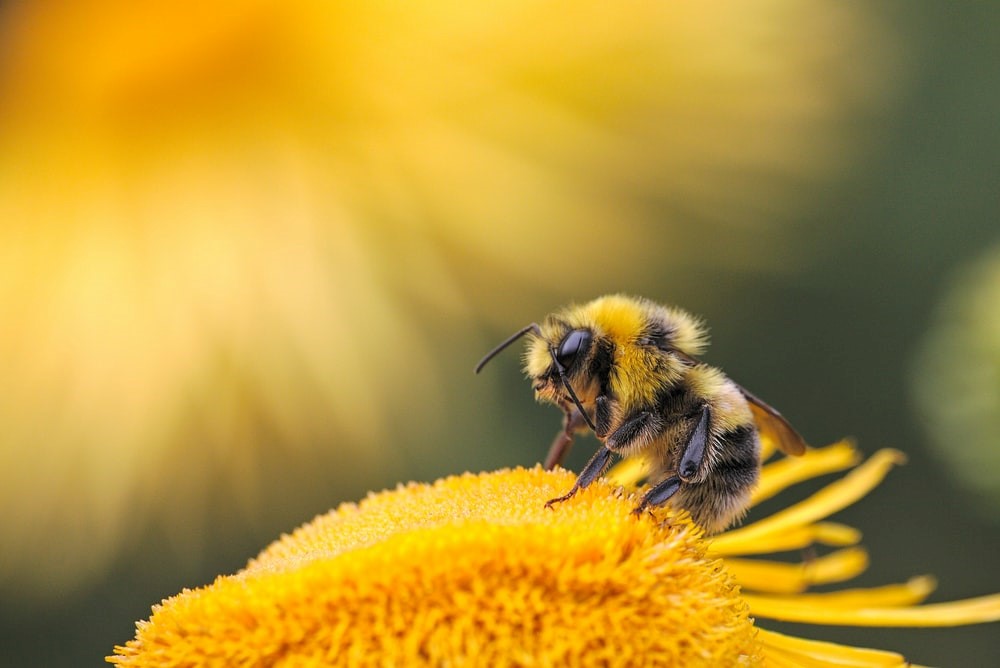
Source: Unsplash
Oh Sh*t – Around 30,000 Tonnes of Sewage Sludge on Route to UK
A shipment from the Netherlands containing around 30,000 tonnes of sewage sludge that contains human waste has been approved for import into the UK. This will be used as fertilizer for farmlands in UK, sludge spreading is not approved in the Netherlands and left as either incineration or exporting it to other countries as an option. In UK, the sewage sludge must be treated and regulated before applied, but concerns are raised over the safety of this practice and if these regulations will be followed. The potential hazards from this lay in land and water runoff contamination, as the sludge includes E coli, POP’s, heavy metals, and microplastics. These agents all pose a risk to human, animal, and environmental health especially when it is applied in farmland where crops grow.
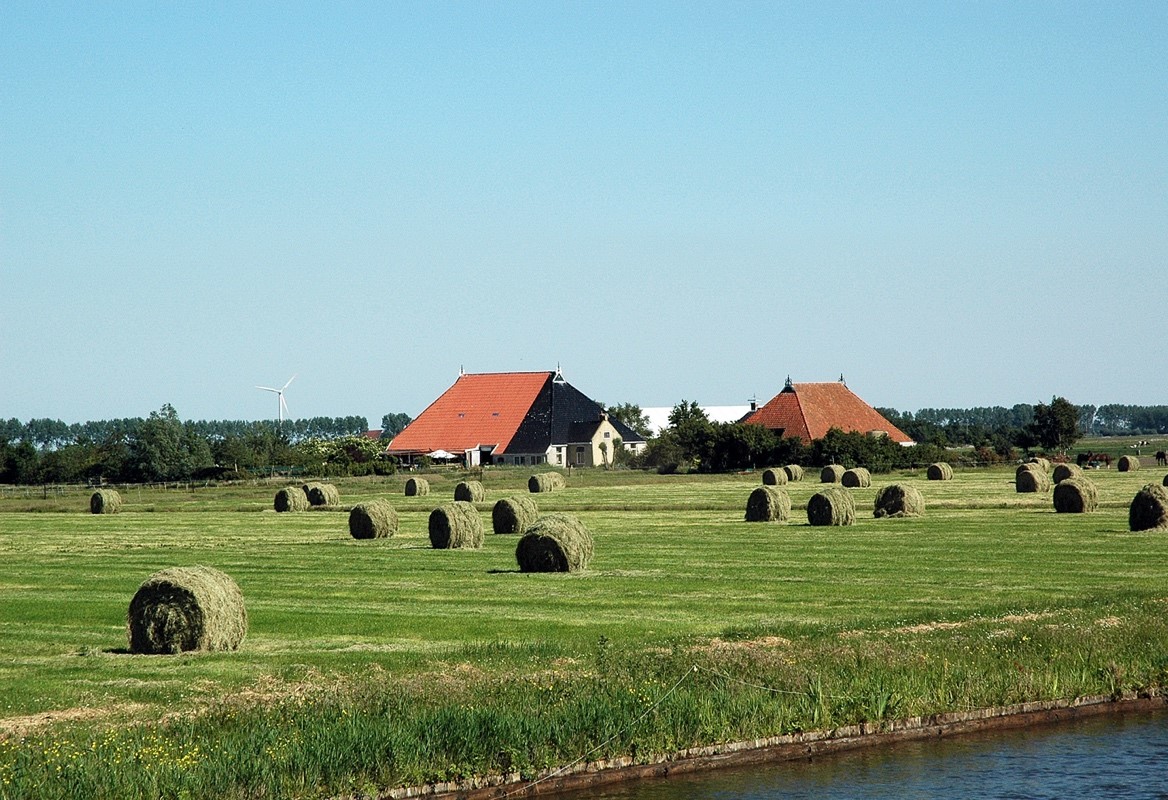
Source: Jooinn
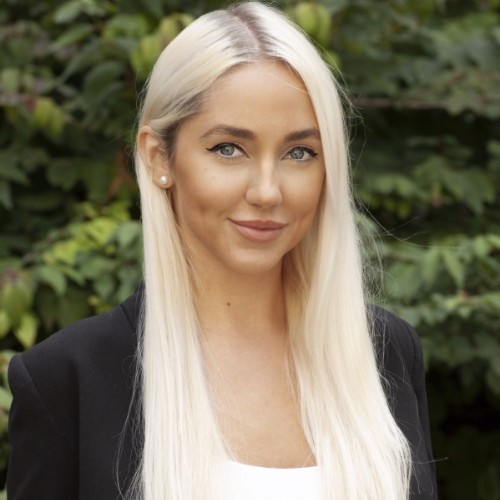
Greta Vaivadaite is a Journalist, Online Editorial and Social Media Coordinator at Alternatives Media. Greta has completed her undergraduate studies at York University in Environmental Management, and completed her Masters of Environment and Sustainability at Western University in 2020. Her professional interests lay in advocating for environmental education, sustainable fashion, and a greener travel industry.




